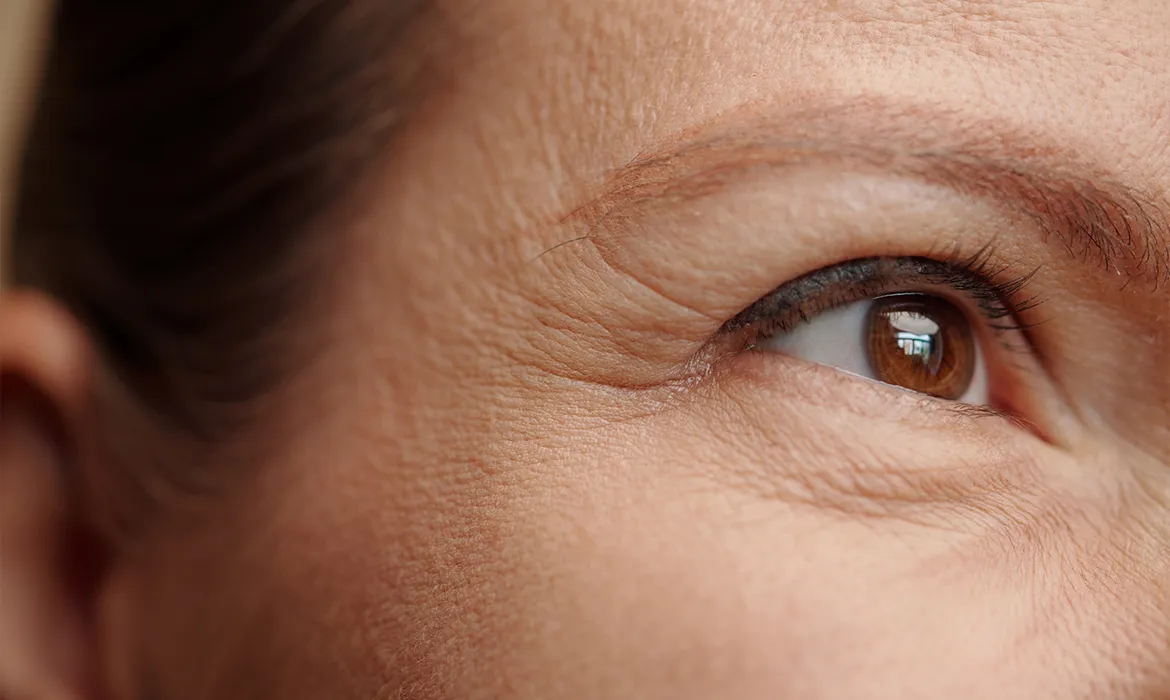Subtotal: 1,047,000 T
Wrinkles are visible signs of skin aging that result from both intrinsic factors (natural aging) and extrinsic factors (primarily UV exposure). Intrinsically, as we age, fibroblast activity declines, leading to reduced synthesis of collagen, elastin, and hyaluronic acid—key components responsible for skin firmness and hydration. The dermoepidermal junction flattens, and the extracellular matrix becomes disorganized, contributing to skin laxity and wrinkle formation. Extrinsically, chronic ultraviolet radiation activates matrix metalloproteinases (MMPs), which degrade collagen fibers, and generates reactive oxygen species (ROS), further accelerating dermal damage. Facial expressions, gravity, pollution, smoking, and sleep habits can also deepen wrinkles over time. Wrinkles can be categorized as dynamic (expression-related) or static (visible at rest), with dynamic wrinkles often appearing earlier due to repeated muscle contractions. The periorbital, forehead, and perioral regions are particularly prone due to thinner skin and repetitive motion.
Modern anti-wrinkle treatments aim to both prevent and repair structural skin damage. Topical retinoids like tretinoin and retinaldehyde are gold standards, as they stimulate collagen synthesis and normalize keratinocyte turnover. Peptides (e.g., Matrixyl, Argireline), antioxidants (vitamin C, ferulic acid) included in advanced formulations. Maintaining a healthy skin barrier, using broad-spectrum SPF daily, and avoiding environmental insults are essential for long-term wrinkle prevention.
 Anti-Wrinkle Day Cream
Anti-Wrinkle Day Cream  Fluid Natural Sunscreen Travel Size
Fluid Natural Sunscreen Travel Size 